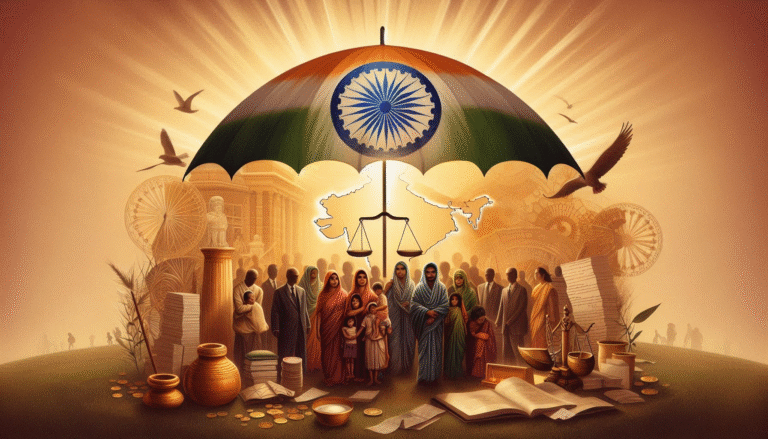
SUPREME COURT OF INDIA AND ITS JURISDICTION
SUPREME COURT OF INDIA ESTABLISHMENT

Pre Independence the Supreme Court was established under the Regulating Act 1773. It was first situated in Kolkata and post-independence, The Constitution of India 1950 provides for the establishment of the Supreme Court of India as per Article 124, and it should consist of one Chief Justice and any number of judges which the Parliament may prescribe. The Supreme Court is also called the court of record as per Article 129.
RESIGNATION AND REMOVAL OF THE JUDGES OF THE SUPREME COURT
Any judge of the Supreme Court can resign by submitting their resignation to the President. Article 124(4), gives the procedure of the removal of the judges of the Supreme Court which can be brought into the picture after an order is passed after an address by each House of the Parliament supported by the majority of the total membership of the house and not less than two third of the member present and voting and presented it to the President on the behaviour of proved misbehaviour and conduct.
As of 2023, no supreme court has been removed.
POWERS OF THE SUPREME COURT
Article 32 of the Constitution Of India which is regarded as the ” Custodian of the Constitution” gives rights to the citizens to approach the Supreme Court if encroachment has been made concerning their fundamental rights mentioned in Part III of the Constitution.
The relief can be granted to the citizens by the Supreme Court under Article 32 if they approach the supreme court on writs like Habeas Corpus, Mandamus, Quo Warranto, Prohibition, and Certiorari.
Not only Supreme Court, but High Court can also deal with the protection of fundamental rights as per Article 226 of the Constitution of India.
ORIGINAL JURISDICTION
The Original Jurisdiction of the Supreme Court vests in Article 131 of the Constitution of India. It deals in disputes between union versus state or state and it can involve both questions of law and fact.
But there is also an exception about the original jurisdiction of the Supreme Court that if any dispute arises out of any treaty, agreement, etc which was there before the commencement of the constitution the power of the original jurisdiction of the Supreme Court will not apply and also if any treaty, agreement comes into force after the commencement of the constitution and it explicitly excludes the power of Supreme Court, the power of the original jurisdiction of the supreme court will not apply.
APPELLATE JURISDICTION
As per the Constitution of India Act 1950, the appellate jurisdiction of the Supreme Court is contained in Article 132, Article 133, Article 134, and Article 134A.
In the Appellate jurisdiction, two important aspects which should be taken into consideration are the involvement of the substantial question of law and getting a certificate from the high court when it is satisfied that it is necessary to appeal in the supreme court.
ADVISORY JURISDICTION
Article 143 of the Constitution of India talks about the power of the Advisory Jurisdiction. The High courts do not exercise the power of Advisory Jurisdiction and it is exclusively with the Supreme Court.
As per Article 143, when any time it may appear to the President that he has some doubt about any question of law or fact or any kind of dispute in which the supreme court exercise original jurisdiction, which is of public importance he may approach the Supreme Court and ask for its opinion and accordingly the Chief Justice will prepare the report.
Any law which is declared by the Supreme Court is binding on all the courts subordinate to it as per Article 141
As a whole, it can be summed up that the Supreme Court act as a saviour and protects our fundamental rights mentioned in Part III of the Constitution if it is encroached upon and also one can approach the Supreme Court for getting speedy relief and justice.







